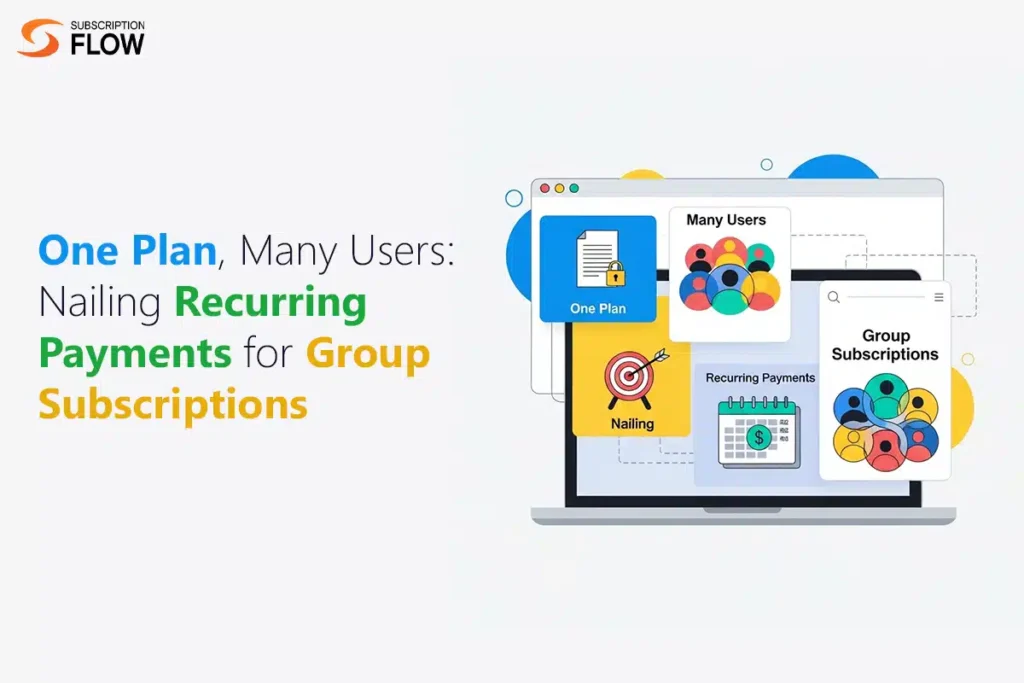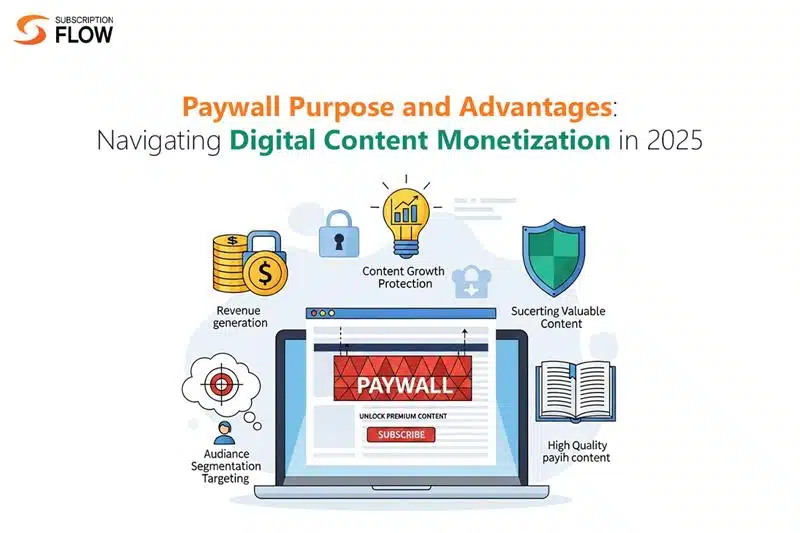Paywall In an era where digital content dominates, publishers, SaaS platforms, and content creators face a critical decision: monetize through advertising, or lock content behind a paywall. Paywalls are rapidly emerging as a strategic tool for monetization, engagement, and long-term growth.
1. The Core Purpose of a Paywall
Paywalls enable businesses to monetize high-quality content directly, reducing the dependency on volatile ad revenues. They transform content into a premium offering—elevating its perceived value and credibility. A paywall signals to users that the content is worth paying for, allowing creators to sustain their operations and invest in innovation.
2. Key Advantages of Implementing a Paywall
1. Steady Revenue Generation
Unlike ad-driven models, paywal offer predictable, recurring income. Subscription-based structures make financial planning simpler, enabling creators to focus on delivering valuable content without worrying about month-to-month fluctuations.
2. Enhanced Brand Perception
Free content floods the internet. Value that comes with a cost instantly feels more credible and premium. This shift can strengthen brand reputation and make offerings stand out in a saturated market.
3. Higher-Quality Audience Engagement
When users pay for content, they’re usually more invested and engaged. This opens up opportunities for personalized experiences, thoughtful upsells, and deeper insight into user behavior—fueling more effective marketing and retention strategies.
4. Controlled Distribution & Brand Leadership
Paywalls allow creators to manage how and where content is consumed. That control helps maintain brand integrity—ensuring that content appears in the intended context and doesn’t get diluted across unauthorized platforms.
5. Empowered Customer Choice
A paywal isn’t meant to alienate—but to offer value. Users who choose to pay unlock exclusive access while others remain free to decline, creating a fair and clear value exchange. Platforms like Spotify and YouTube have thrived on this principle, where consumers willingly pay despite alternative free access.

3. Acknowledging the Challenges
While paywalls bring many benefits, it’s essential to address potential drawbacks:
- Traffic Decline & User Resistance
Paywal can discourage casual readers who expect free access. This may reduce reach and limit outreach efforts. - High Value Must Be Delivered
If content doesn’t feel worth its cost, subscriptions will falter. Perceived value is everything—quality must match the price. - Technical and Management Overhead
Designing, launching, and maintaining paywalls—especially complex variants like dynamic or metered models—demands infrastructure, technical expertise, and support systems.
4. Choosing the Right Paywall for Your Needs
Understanding different paywall types helps businesses align strategy with audience expectations:
- Hard Paywal: Full content access requires payment. Best for niche or well-established brands where quality is the priority.
- Metered Paywal: Offers limited free access (e.g., three articles per month), then prompts for subscription—a balanced way to attract and convert users.
- Soft Paywall: A variant of metered, this model blends free and paid content to ease users into subscriptions.
- Dynamic Paywal: Tailors access based on user behavior, location, or engagement—ideal for personalized, high-conversion user experiences.
5. Practical Examples & Use Cases
A variety of industries have adopted paywalls with success:
- News Organizations: Outlets like the Financial Times and Wired have seen substantial growth in digital subscriptions by employing paywalls paired with high-quality content.
- Niche Publications and Communities: Sector-specific insights or curated content work well when gated, emphasizing exclusivity and expertise.
- SaaS & Educational Platforms: Paywal help monetize premium features, tutorials, courses, or advanced tools—ideal for learners and professionals searching beyond surface-level content.
Final Takeaway
Paywal are more than a revenue tactic—they’re a strategic platform for growth. They transform how businesses:
- Generate Predictable Income
- Build High-Perception Brands
- Engage Committed Audiences
- Control Content Distribution
- Provide Clear Value Choices
By understanding benefits and risks, and by selecting the right type, content creators, publishers, and SaaS providers can thrive in the digital economy.
If you’re a digital creator, SaaS business, blogger, or education platform, consider integrating a well-structured into your strategy—it’s a powerful step toward sustainable, high-value monetization.



